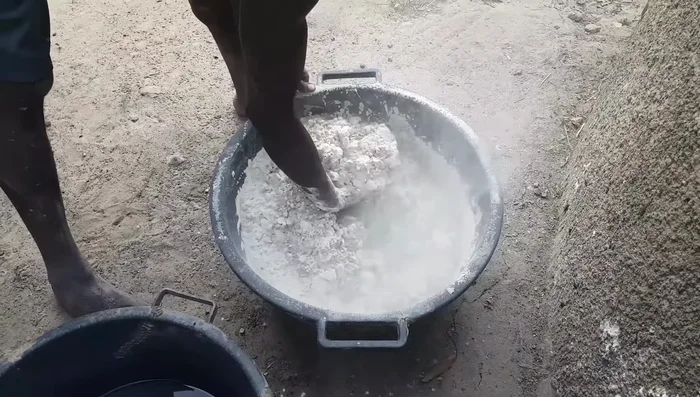Cassava, a starchy root vegetable cultivated across the globe, offers a surprisingly versatile application beyond its culinary uses. In regions where access to traditional fuel sources is limited or costly, cassava presents a sustainable and readily available alternative in the form of biofuel briquettes. These compact, energy-dense briquettes provide a clean-burning, efficient source of heat for cooking and other domestic needs. Their production is surprisingly simple, utilizing readily available tools and materials, making them a practical solution for many communities.
This guide offers a comprehensive, step-by-step process for making your own cassava briquettes, transforming this humble root vegetable into a valuable resource. Whether you're seeking a cost-effective fuel source or exploring sustainable living practices, mastering the art of cassava briquette production is a rewarding endeavor. Let's dive into the detailed instructions below to begin creating your own clean-burning fuel.
Preparation and Safety Guidelines
- Three-stone stove
- Briquette stove
- Mixing bowls
- Sieve
- Mold (implied)
- Water source
- Always ensure the cassava is thoroughly washed and peeled to remove any dirt, pesticides, or toxins before processing.
- Use caution when handling hot liquids and machinery during the drying and pressing stages. Wear appropriate protective gear.
- Store briquettes in a cool, dry place to prevent mold and spoilage. Properly dried briquettes should be hard and not easily crumbly.
Step-by-Step Instructions
Prepare the Cassava Binder
- Add cassava flour to cold water and mix to form a paste (50.28 seconds)
- Boil water separately (107.439 seconds)
- Add hot water to the cassava paste to thicken the binder (146.92 seconds)



Prepare the Cassava Binder Prepare the Cassava Dust
- Sift cassava dust to remove large particles (338.84 seconds)

Prepare the Cassava Dust Gather and Prepare Additional Ingredients
- sifted cassava dust, clay, and a second binder (354.919 seconds)

Gather and Prepare Additional Ingredients Mix the Briquette Ingredients
- Mix the binder, sifted cassava dust, clay, and other ingredients (400 seconds)

Mix the Briquette Ingredients Rest the Mixture
- Let the mixture sit overnight or up to two days (695.76 seconds)

Rest the Mixture Mold the Briquettes
- Mold the briquettes (mentioned, but not shown in detail in the transcript) (707.48 seconds)

Mold the Briquettes Dry the Briquettes
- Dry the molded briquettes in the sun, turning them periodically (1507.72 seconds)


Dry the Briquettes
Read more: Lump Charcoal vs. Briquettes: The Ultimate BBQ Fuel Showdown
Tips
- Don't use maize flour as a binder; it's not as starchy as cassava flour (260.6 seconds)
- Sifting the cassava dust is important to prevent smoky briquettes (345 seconds)
- For this briquette type, use minimal moisture to ensure stiffness and prevent crumbling (637.839 seconds)









